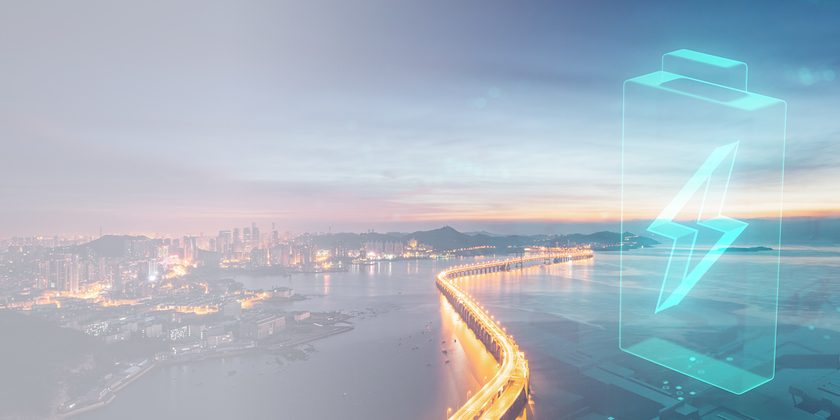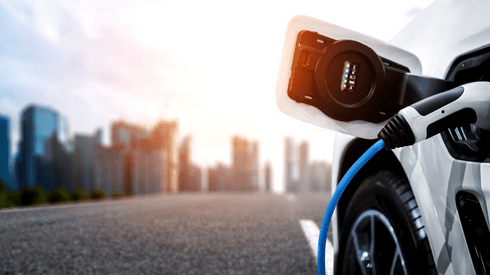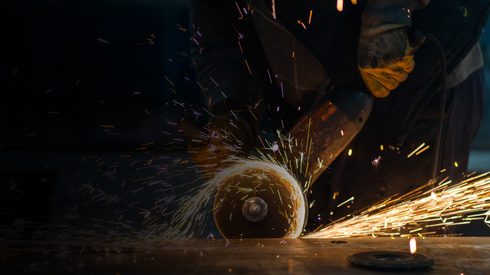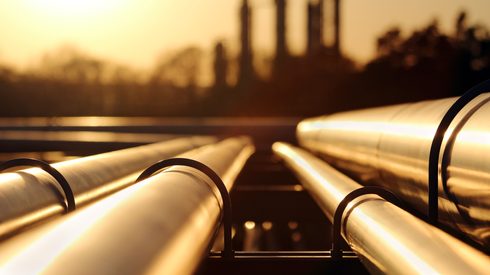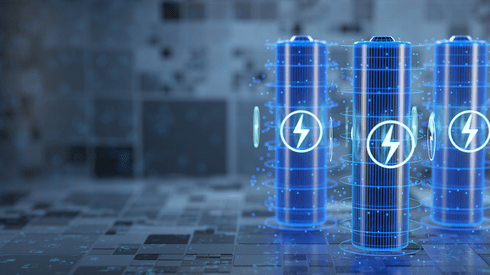The share subscription will be conducted in two phases.
In the first phase, Shenghe will acquire 9.99% of the issued share capital in Vital Metals at A$0.01 per share and raise a total of approximately A$5.9 million ($3.8 million).
In the second phase, subject to Vital Metal shareholder approval, Shenghe can subscribe to a further 492 million shares at A$0.015 a share, which if exercised would raise about A$8.9 million.
Shenghe can exercise the option to subscribe for the second phase of additional shares at any time within 12 months after the delivery of the first phase of subscription.
After the completion of the second phase of share subscription, Shenghe will hold 18.2% of all issued shares of Vital Metals.
Vital Metals is headquartered in New South Wales, Australia, and is listed on the Australian Securities Exchange (ASX). The company is developing the Nechalacho rare earth project in Canada and the Wigu Hill rare earth project in Tanzania.
The Nechalacho Rare Earth Project is a light rare earth (fluorocarbon cerium) project located in the northwest region of Canada, mainly including the Tardiff and North T mining areas. The Tardiff mining area owns an equivalent to a total of 1.67 million tonnes of rare earth oxides, including a total of 416,000 tons of praseodymium and neodymium.
The North T mining area began production in June 2021, and no mining activities were carried out after June 30, 2022, resulting in a cumulative output of approximately 2,000 tons of rare earth concentrate. As of June 30, 2023, the resource amount that meets Joint Ore Reserves Committee (JORC) standards is 94,000 tons, and the average grade of light rare earth oxides is 9.11%, equivalent to a total of 8,561 tonnes of rare earth oxides.
The Wigu Hill project is a light rare earth element deposit located in Tanzania, with an estimated resource of approximately 3.3 million tonnes according to Canadian NI 43-101 standards. The average grade of light rare earth is 2.6%, including a resource of 510,000 tonnes with an average grade of 4.4% on 2 out of 10 possible drilling targets.
Shenghe said if this project can be successfully implemented, it will be conducive to further consolidating the company’s development foundation and optimizing the company’s global business layout by increasing rare earth resources in the global market.
Shenghe has continued its effort to expand overseas rare earth resources. In August 2023, the company signed an offtake agreement with Peak Rare Earths, a rare-earth explorer company listed on the ASX, for output from its planned Ngualla rare earth mining project in Tanzania.
China is a major importer of rare-earths raw materials and imported 134,333.8 tonnes of rare-earth raw materials in January-September this year, according to Chinese customs data. This is up by 49.2% from 90,049.3 tonnes in the corresponding period of last year.
Usually, imports of rare earths ores and concentrates are not included in China’s rare earth production quotas, so the import materials could further meet China’s domestic demand driven by the demand growth in some downstream industries, such as the new energy vehicles sector.
Keep up to date with the latest news, insights and rare earth price data on our dedicated rare earths price page.

